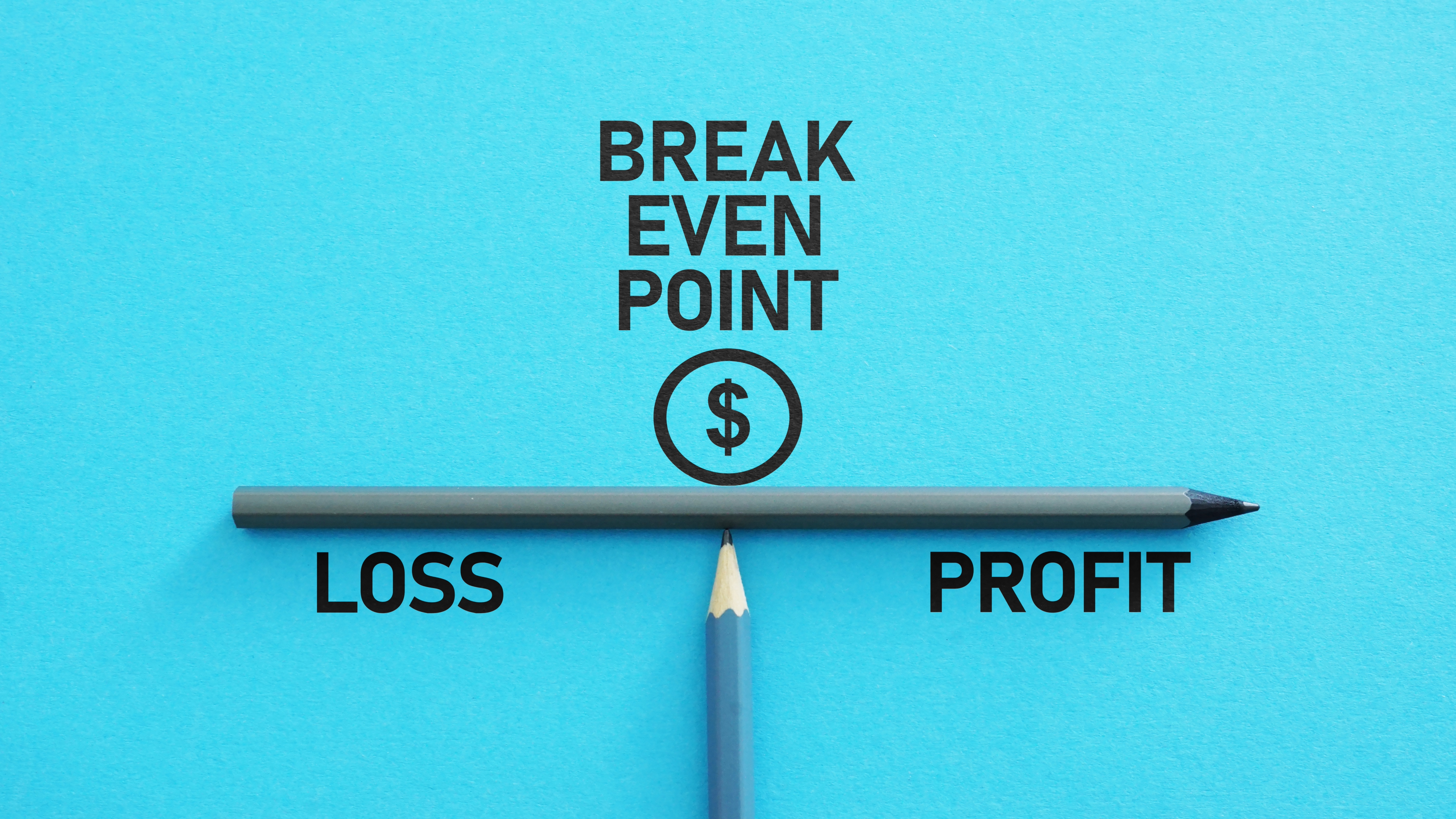Break-Even Point Explained: How to Price for Profit

If you’ve ever wondered, “How much do I need to sell just to cover my bills?”—you’re already thinking about your break-even point.
It’s a simple idea that can change how you run your business. You can price things more confidently when you know exactly how many products or services you need to sell to stop losing money (and start making it).
So, What Is the Break-Even Point?
The break-even point is when your business earns just enough money to cover your expenses.
At that moment, you’re not losing money—but you’re not making a profit yet either. Before you reach break-even, you’re running at a loss.
Once you pass it, every dollar you bring in (beyond expenses) is profit.
Why It’s Worth Knowing
When you know your break-even point, making decisions becomes clearer:
- You’ll set prices confidently.
- You’ll know exactly how many products or services to sell each month.
- You’ll quickly see if a new idea makes financial sense.
- You can prepare better for slow periods.
No more guessing or worrying because you’ll be working from actual numbers.
Calculating Your Break-Even (Without a Math Headache)
Here’s what you need to gather to make the calculation:
- Fixed costs are monthly bills no matter how much you sell—rent, salaries, subscriptions.
- Variable costs can change depending on how much you sell. Think supplies, packaging, or hourly contractor work.
- Your selling price is what you charge your customers.
- Your cost per sale is what it costs to make or deliver a sale.
Example: A Coffee Shop
Let’s say you own a neighborhood coffee shop. Each cup of coffee sells for $5. It costs you about $2 to make each cup (beans, milk, cups, etc.).
So, your profit per cup is $3.
Now, let’s say your fixed monthly costs—things like rent, staff pay, and utilities—total $4,000.
Break-even = $4,000 ÷ $3 = about 1,334 cups
That means you need to sell 1,334 cups of coffee a month to cover your costs. Anything above that? That’s where the real profit starts.
How This Helps with Pricing
Let’s say you’re only selling 1,000 cups of coffee a month. That means you’re not hitting your break-even point, and you’re probably losing money.
But now that you know the numbers, you can ask questions like:
- Should I raise my prices a little?
- Can I lower my supply costs?
- Can I increase the number of cups I sell?
You’re not guessing anymore—you’re making decisions with real data.
Keeping Your Costs in Check
This is where knowing the break-even point helps business owners. If your sales dip or your costs creep up, you’ll feel it. But when you’re tracking your break-even regularly, you can spot problems early and adjust.
Common Pitfalls to Avoid
- Underestimating variable costs: Even small expenses add up, so always track them.
- Setting prices too low: Knowing your break-even helps prevent pricing yourself out of profit.
- Not updating regularly: Revisit your break-even point whenever your costs or prices change.
Break-Even Takeaways
- Your break-even point tells you how many sales you need to not lose money.
- It helps you price smarter, spend wiser, and make more informed choices.
- It’s easy to calculate once you know your numbers.
Now that we have removed the mystery of the break-even point and walked you through calculating it, you can take greater control of your ability to be profitable.
And that’s what the break-even point is all about!
